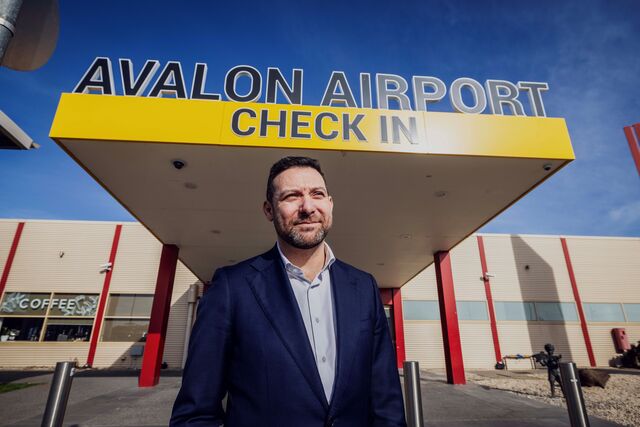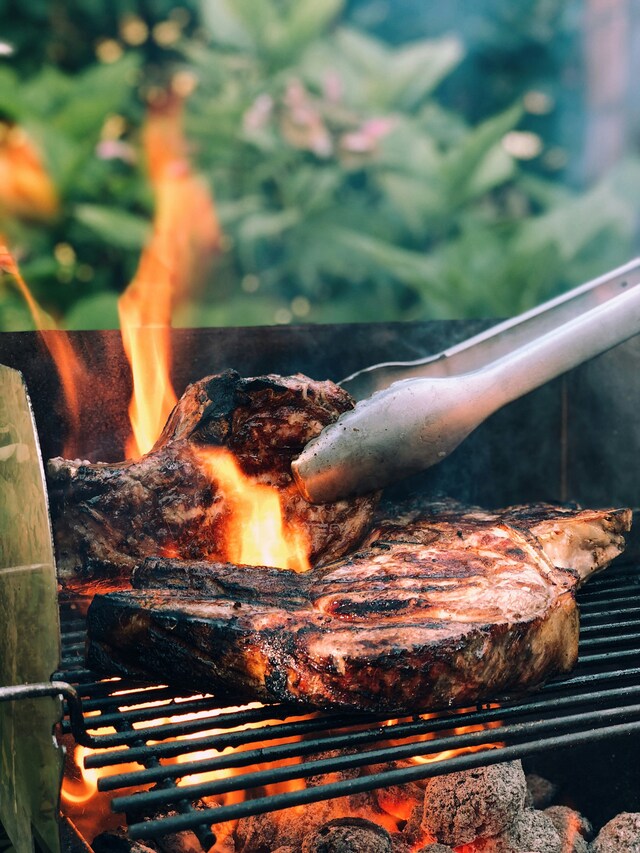NORTH-WEST residents will fork out an extra $100 a year for their council rates to help fund Victoria’s firefighting services under one of the biggest shake-ups of state taxes in decades.
From July next year, the fire service levy will consist of a fixed component of $100 for residential properties and $200 for commercial, industrial, farming and vacant properties.
There will also be a variable charge, calculated as a percentage of the capital improved value of a property.
Martin Stevens, senior financial adviser at the Footscray Community Legal Centre, said the levy would make things tougher for many Brimbank and Melton ratepayers.
Mr Stevens represents financially distressed residents from suburbs including Caroline Springs and Taylors Hills at court every week.
“Rates are extremely high when you cross over those railway tracks from Brimbank to Melton,” he said.
“People can’t afford it and they are constantly being sued. It’s more than $1800 a year for most Melton residents and that’s an area with a low income, high rate of unemployment and a growing population.”
Mr Stevens said that in Brimbank, many migrants were just grasping the idea of owning a home.
“They have no idea about rates or that they need to pay the council for its services.”
Mr Stevens called for reforms to council hardship programs across the west.
Sunshine Ratepayers Association president Darlene Reilly said Brimbank ratepayers were already struggling to pay their rates.
“There is too much cost shifting going on,” she said.
“People are struggling to even afford home let alone keep it. Pensioners who have worked all their lives are struggling to meet these costs.
“Councils may say it’s only an extra $100 per household, but I don’t think its fair that the state government expects ratepayers to foot the bill.”
In the past year, Brimbank Council approved 23 applications for its hardship program, up from 11 the previous year.
General manager of corporate services, Doris Cunningham, said the program allowed ratepayers to avoid penalty interest provided they maintain an agreed repayment regime.
Ms Cunningham said while the council supported the fire levy, the impact would vary across households.
“The rate is reliant on the amount of fire services levy they are currently paying on their property insurance versus the new levy to be applied,” she said.







